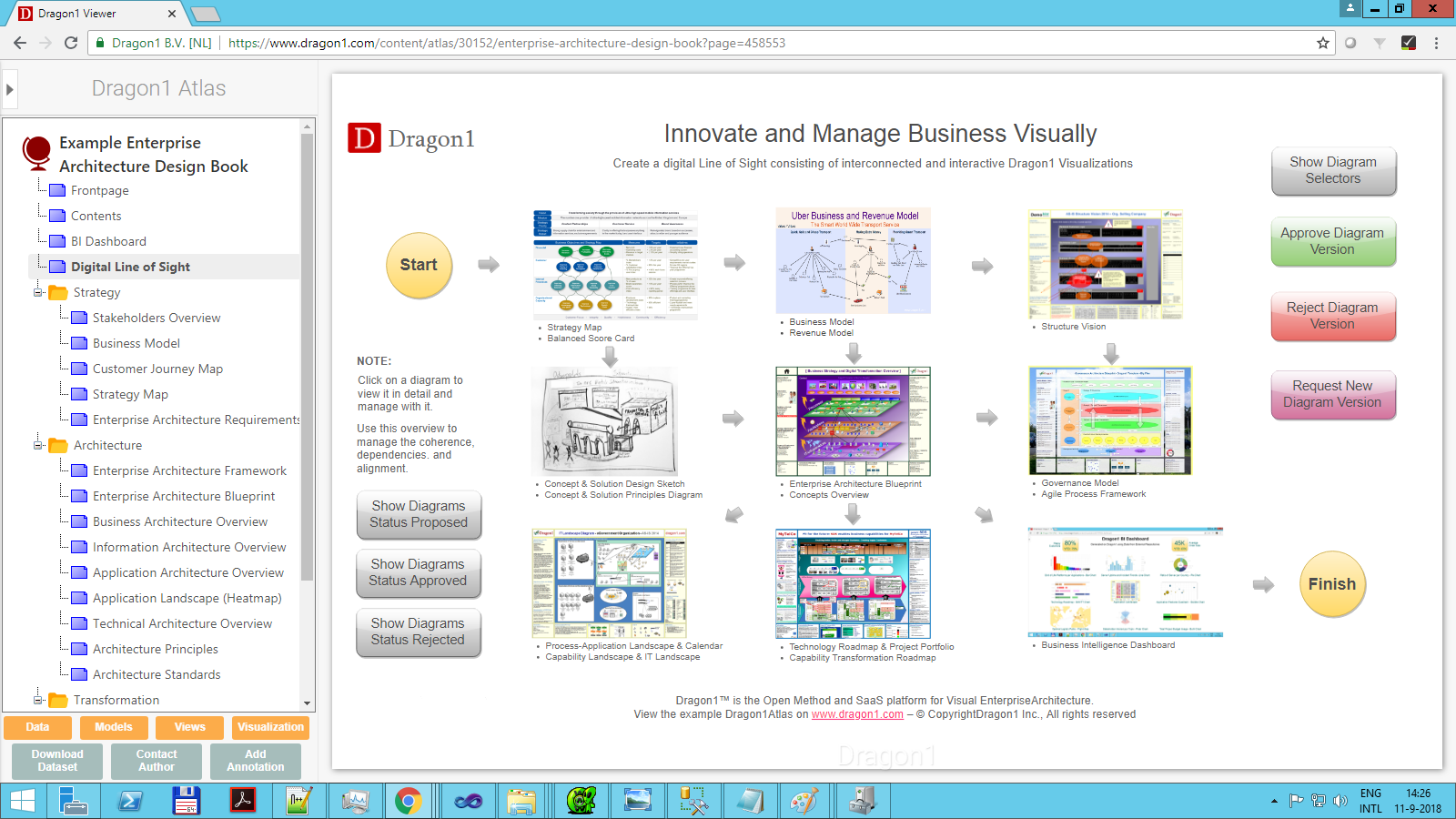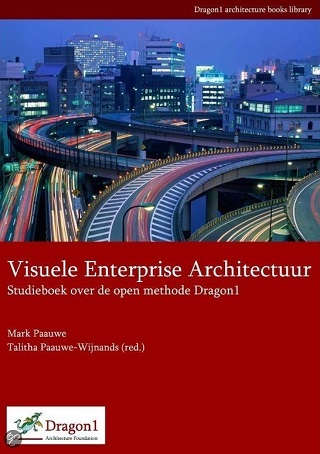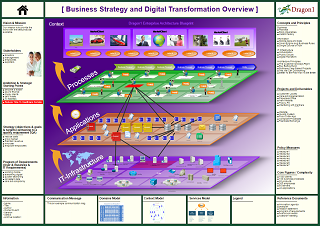Architecture Principles
Architecture Principles are embedded working mechanisms of a system. They are not general rules or guidelines!
Which Architecture Principles are discussed in this Masterclass?
In enterprise architectures and reference architectures, like the Dutch NORA and GEMMA or the European NAF, the Architecture Principles are always mentioned. However, it is not always clear how they should be used or dealt with by architects or stakeholders.
A best practice for this is visualizing architectural principles so that the essence becomes much clearer to everyone.
In this masterclass, we deal with common business, information, and technical architectural principles, such as process-based work, service-oriented work, self-service, case-oriented work, modularity, client-server, and various others.
Below are some striking Examples of visualization of architectural principles. The subject Visualization of Architecture Principles is extensively discussed in this masterclass.
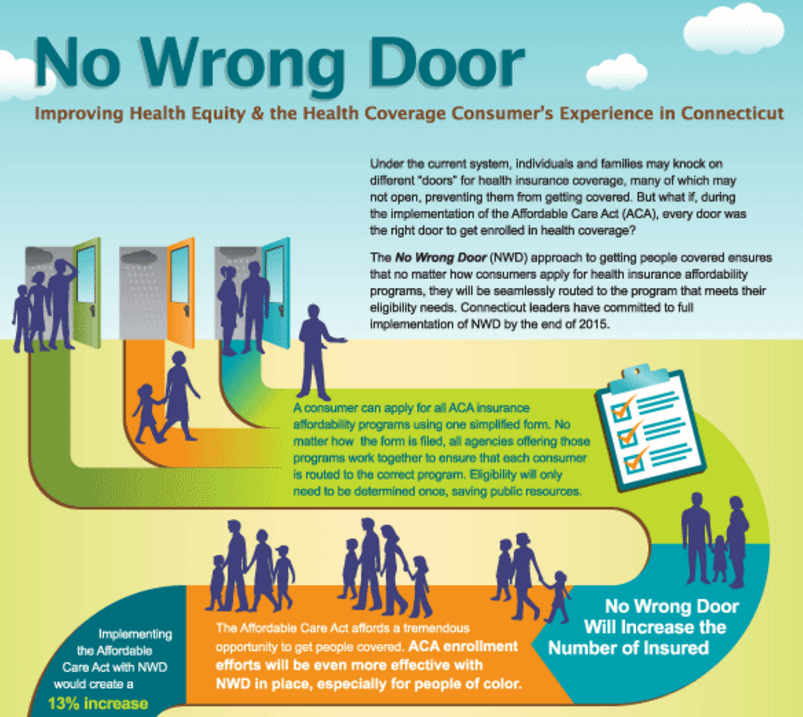
No Wrong Door (A Dutch NORA reference architecture principle)
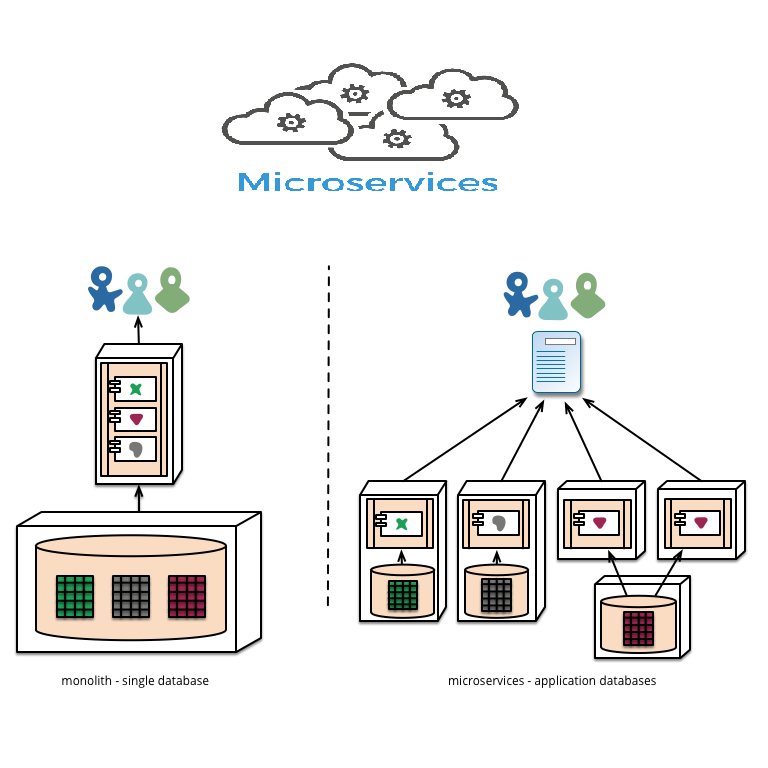
Microservices: Smart reusable functional applications ensure high flexibility and speed
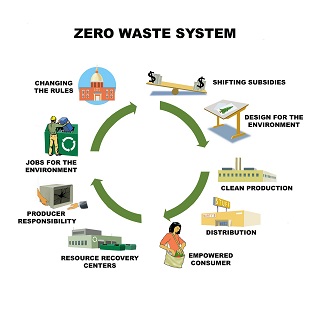
Zero Waste: By making all product components as reusable as possible, nature will be less polluted in many ways.
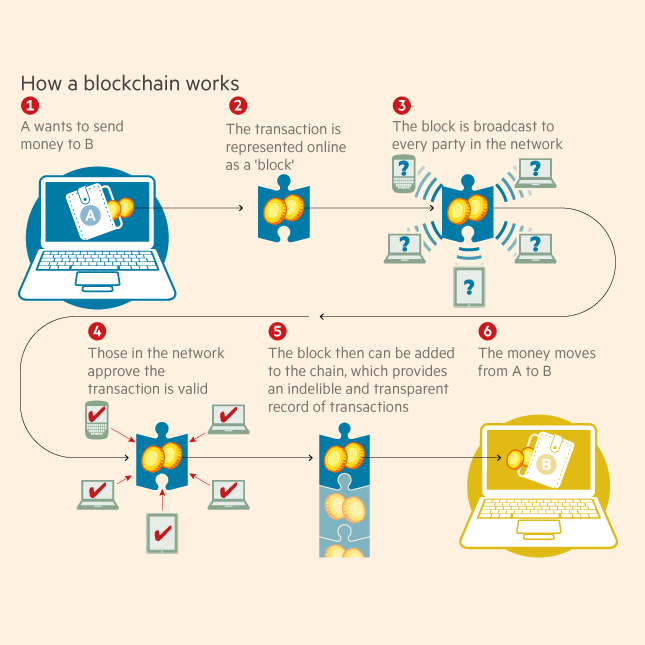
Blockchain: Using a distributed consensus on transactions in an open ledger, settlement processes can take place in real-time instead of several days.
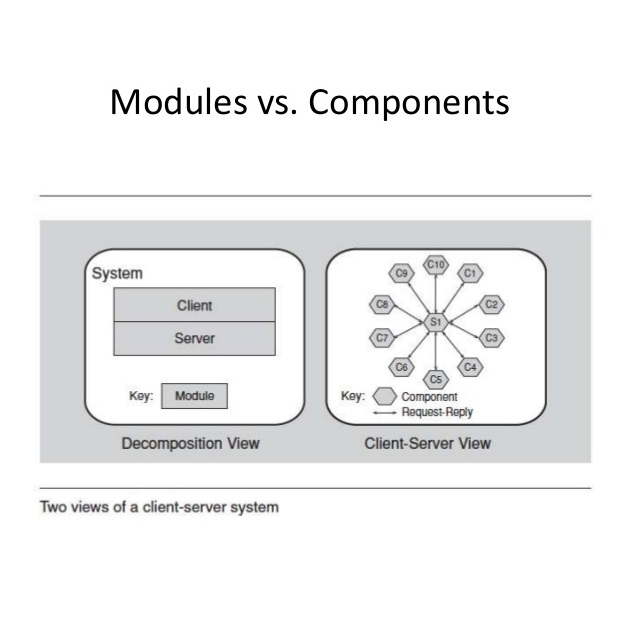
Modules vs Components: A system can be divided into modules or components. Both offer an additional useful perspective on the same system.
Read more about Microservices
What are Architecture Principles according to Dragon1?
Dragon1 has a unique vision of enterprise architecture principles. You will learn all about this in this masterclass.
Architecture is defined in the Dragon1 method as a total concept of a structure. A structure is a system with three dimensions: a constructive, operative, and decorative dimension.
An architecture consists of concepts. Patterns are a specialization of concepts. Concepts become logical. Detailed physical and implementation level in building blocks (logical level), standards (physical level), and Product solutions (implementation level).
Each concept has one or more principles in it. A principle is defined by the Dragon1 method as a working mechanism. This is different from 'guiding statement' or 'core service brands' as Principles are defined in other architectural methods and reference architectures (such as NORA).
An architect chooses the concepts that can fulfill the requirements based on the requirements of stakeholders. Dragon1 promotes the idea that the architect (the designer of total concepts) of each concept draws up a sketch and a detailed diagram for each principle, including a theory and practice application, along with literature references.
With these Visualizations of principles, an architect can work together more effectively for the deployment of (disruptive) concepts in the organization that have a lot of impact on time, resources, and costs.
As such, as Dragon1, we advise always making a booklet with the most important architectural principles of an organization.


